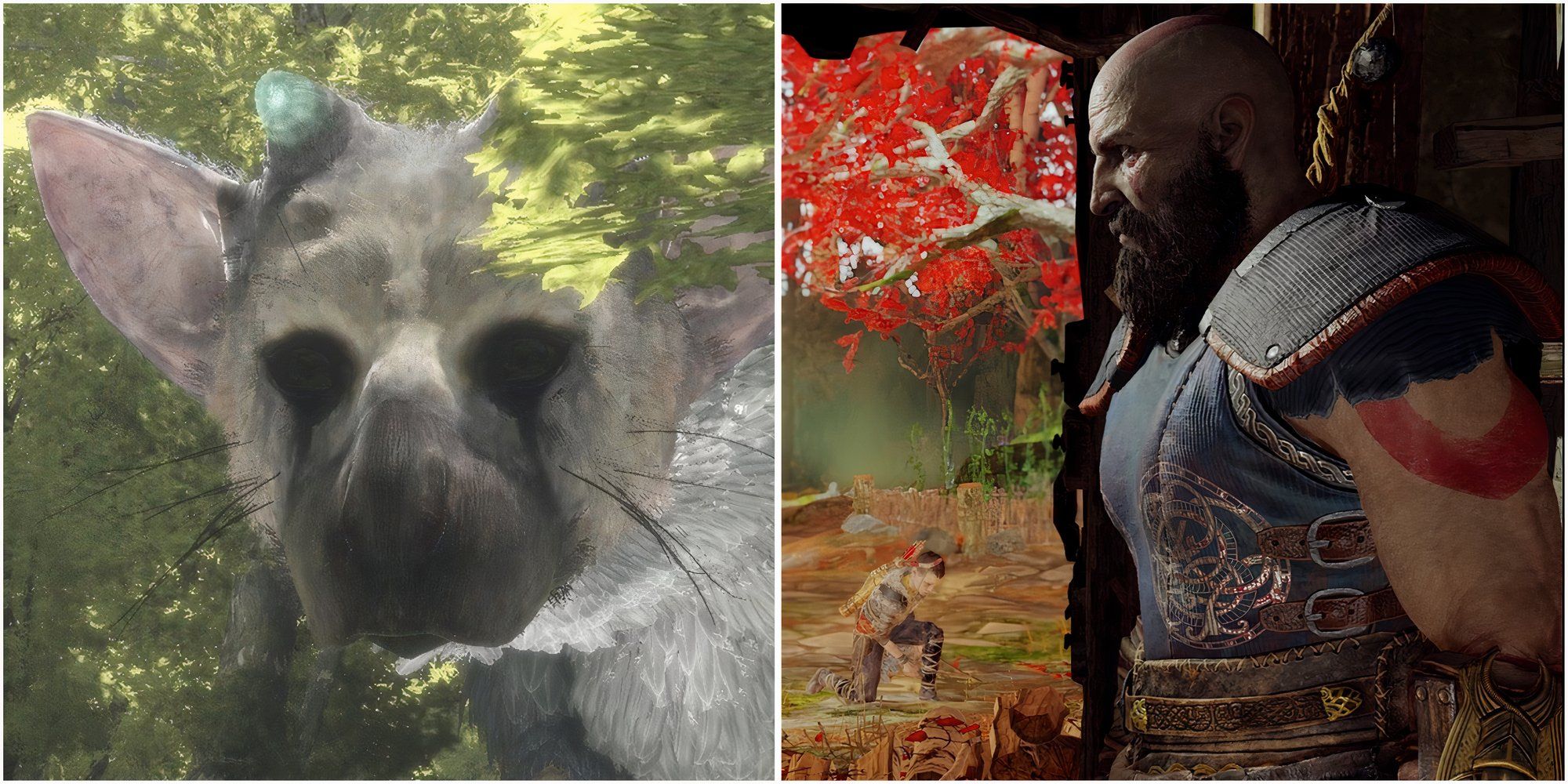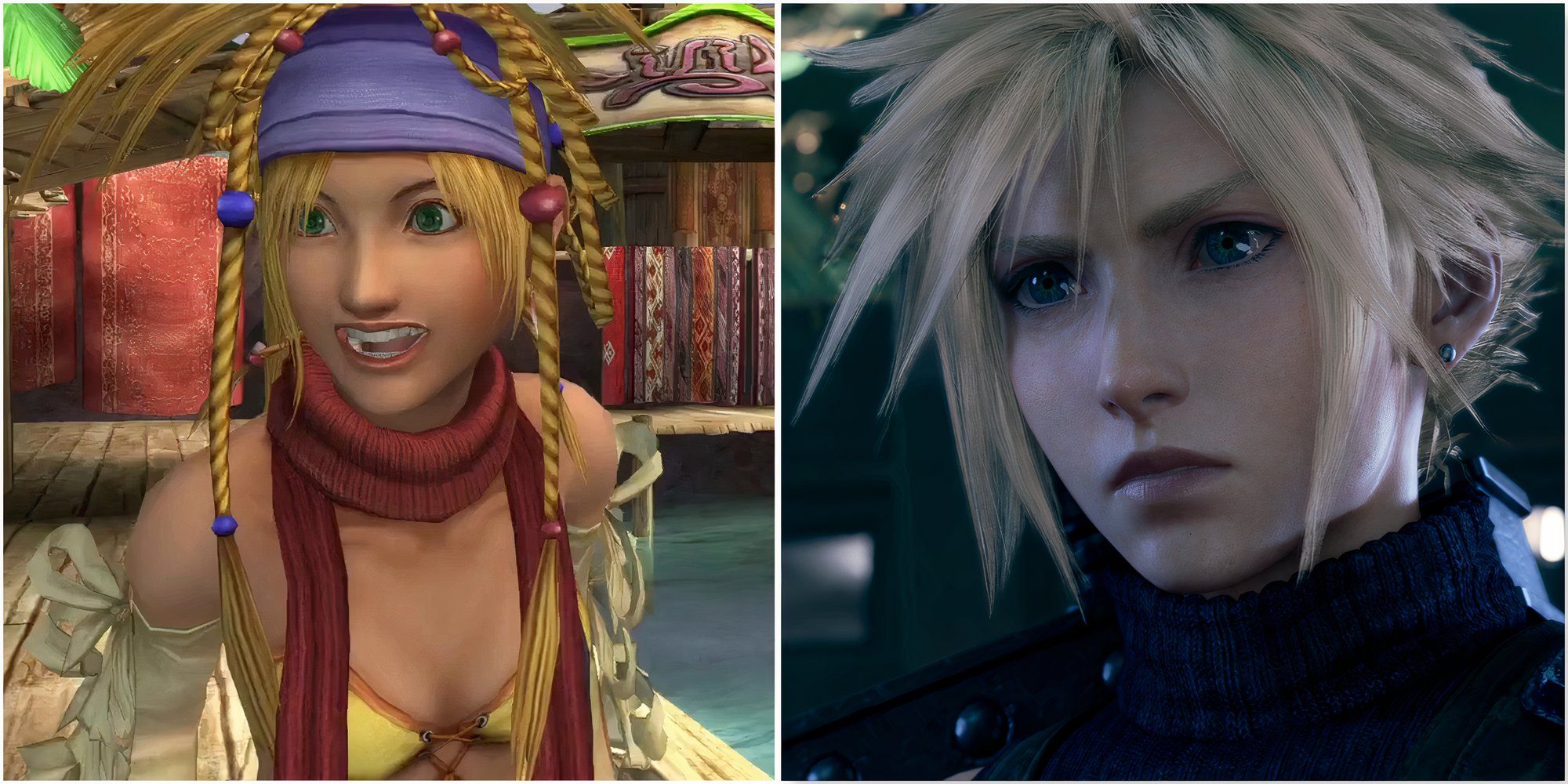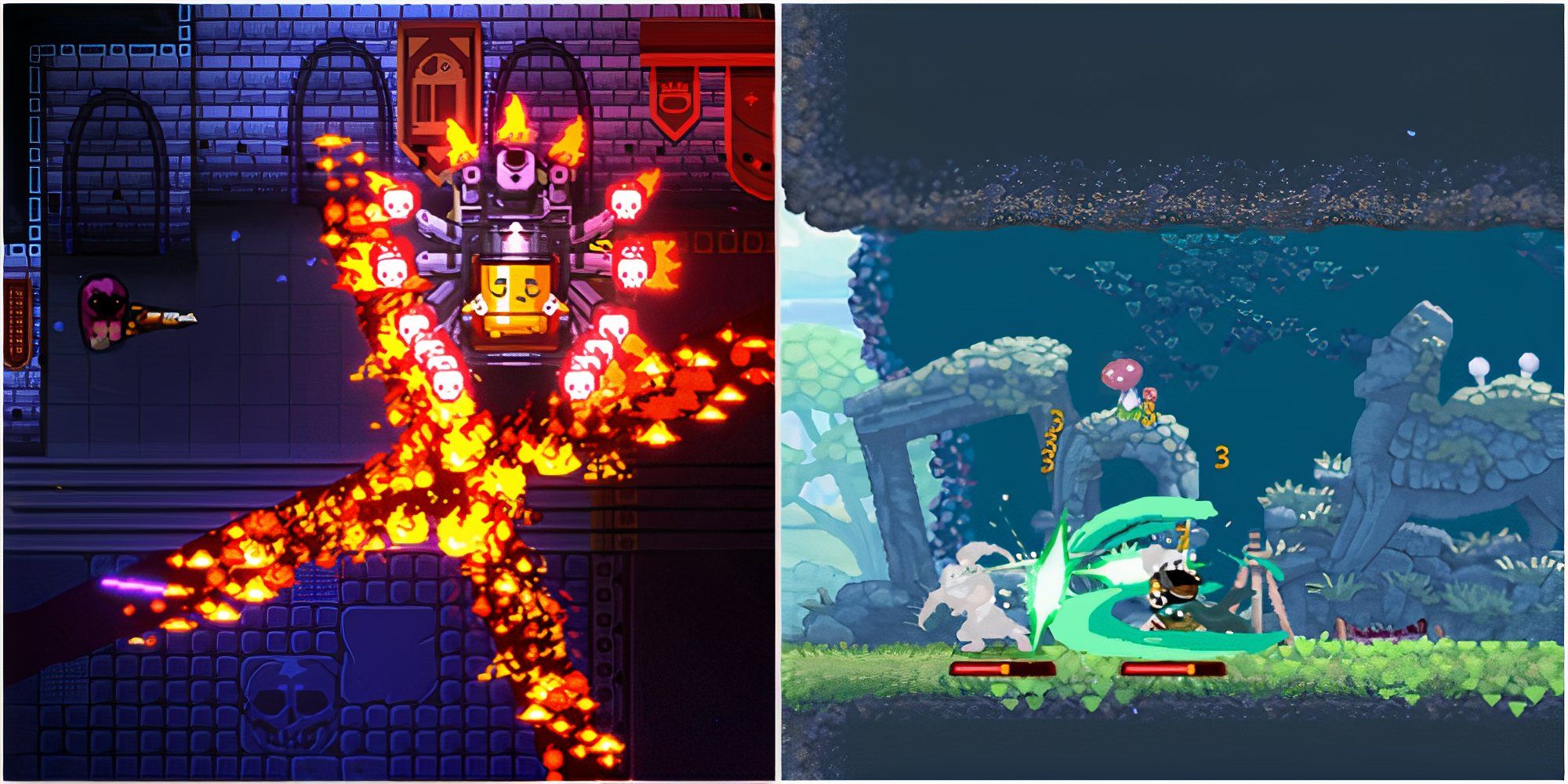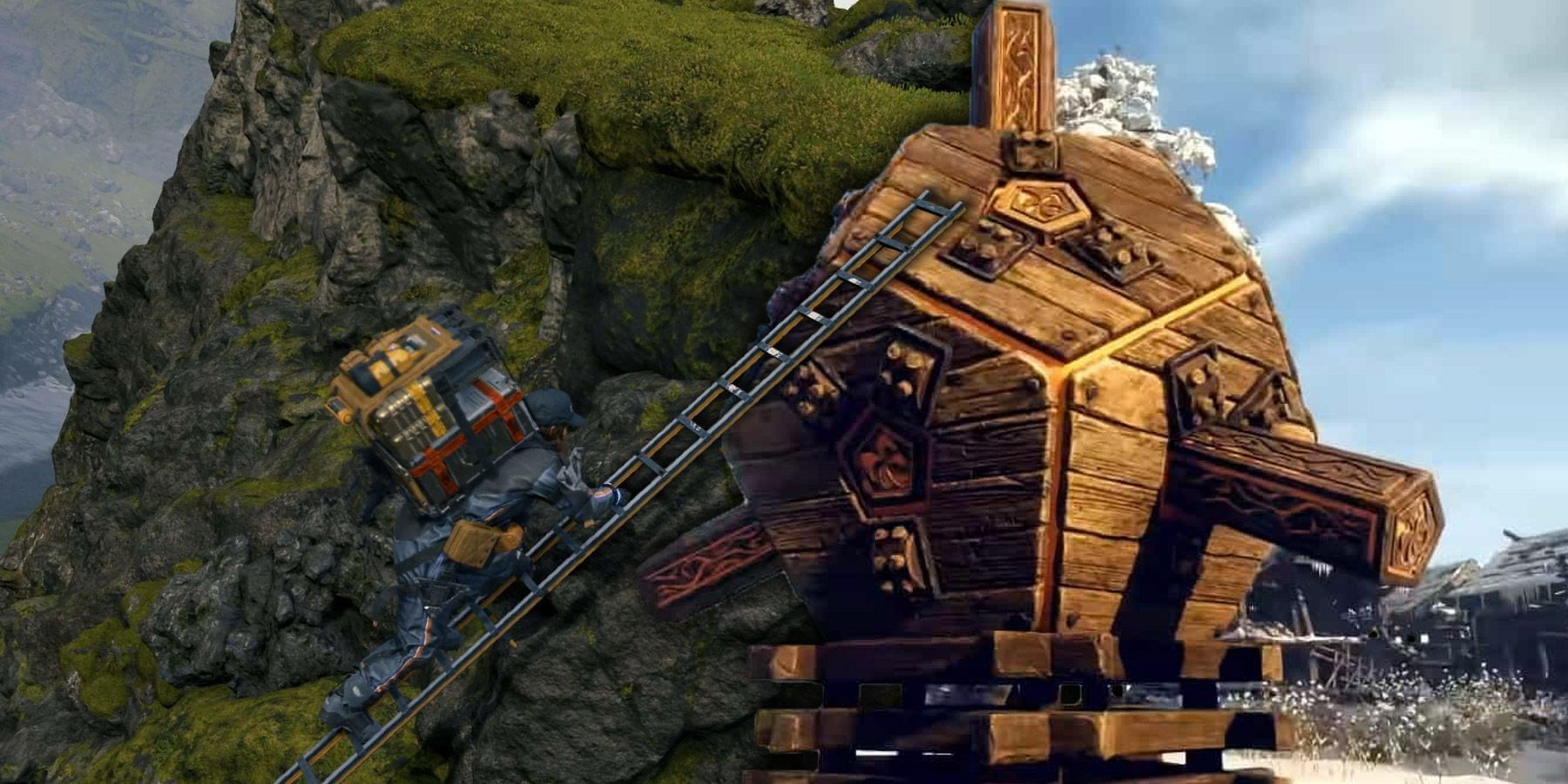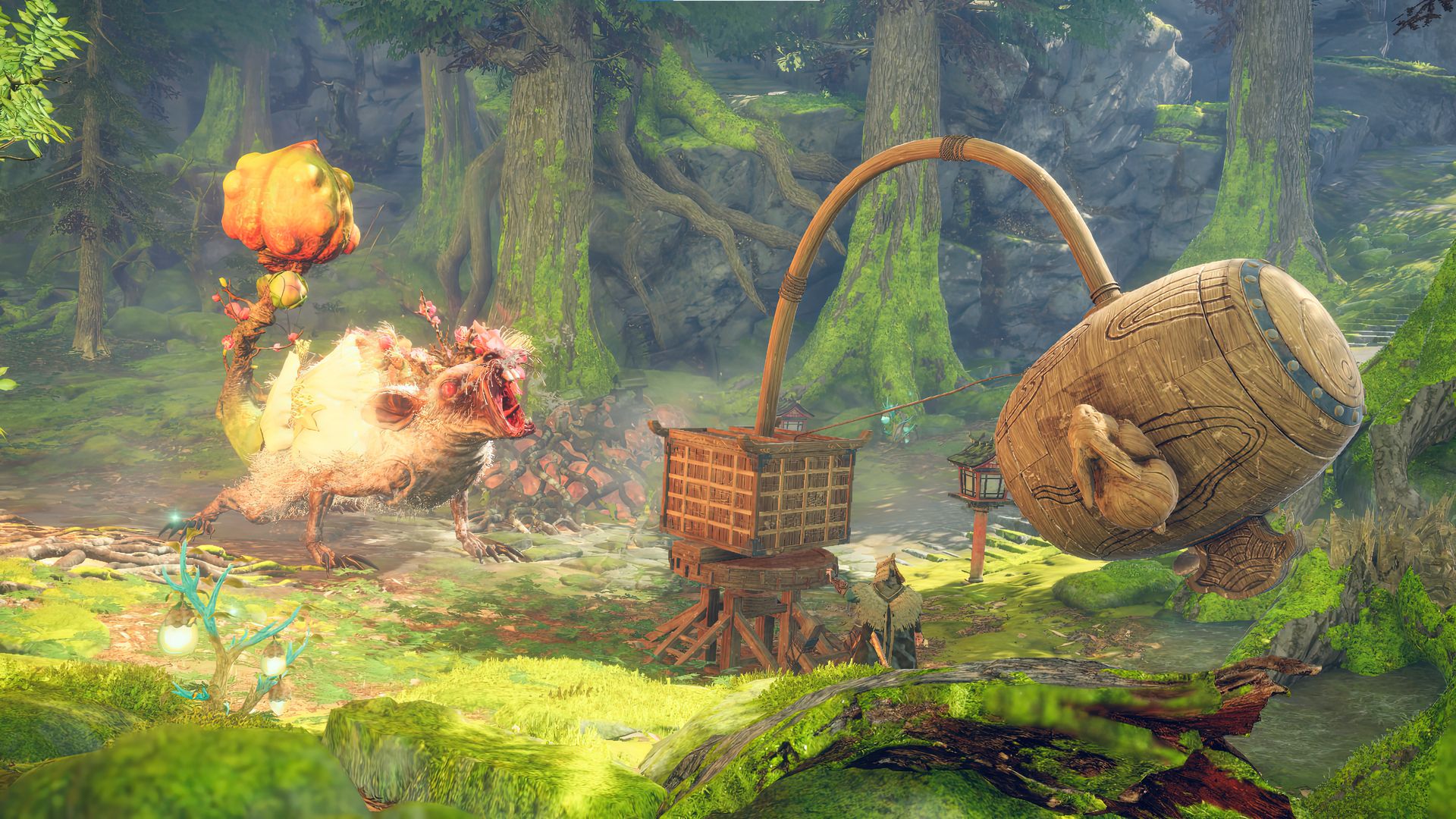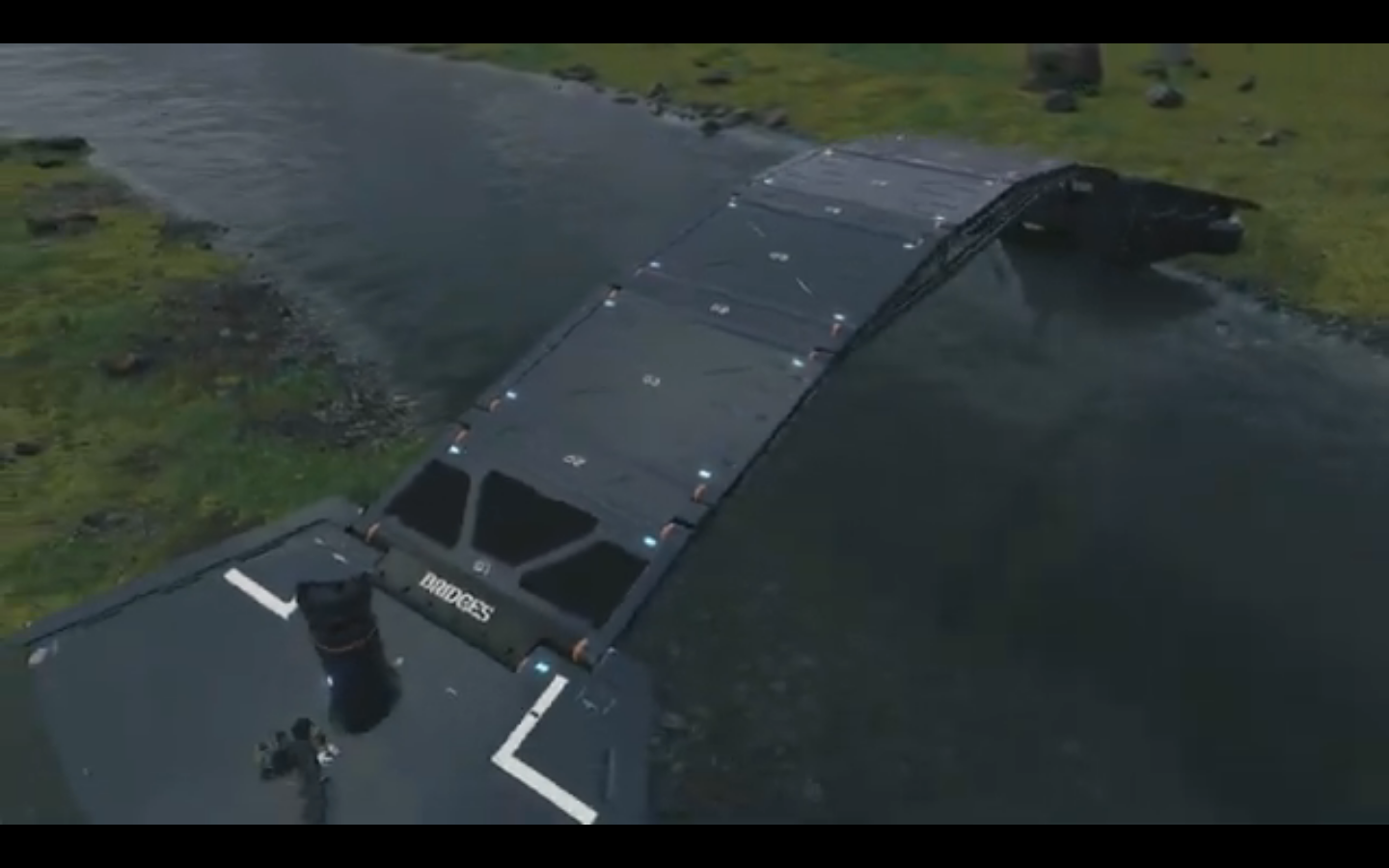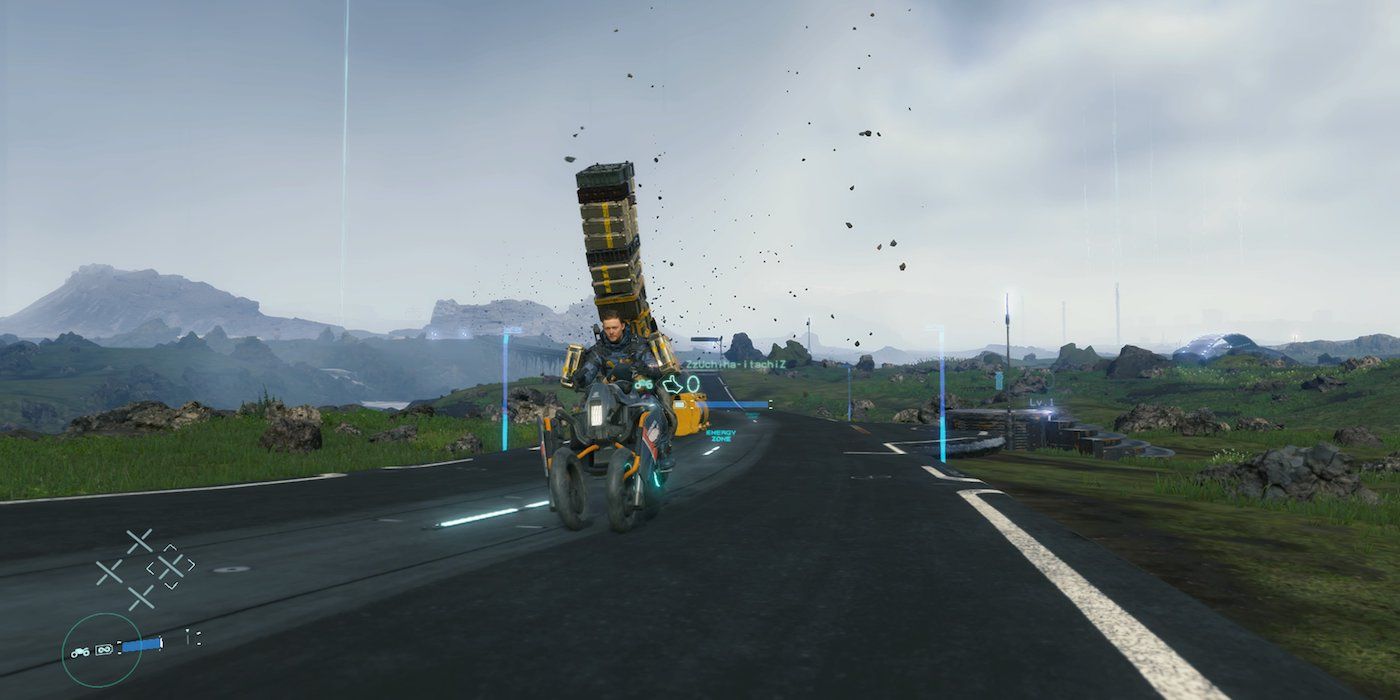When it was first released on PlayStation 4 in 2019, Death Stranding captivated people with a unique world and gameplay. As Sam Porter Bridges, players would traverse a post-apocalyptic United States in hopes of reuniting the divided nation. They needed to create new methods of traversal while delivering packages to and from different shelters. The game received a mixed reception, but no one could deny that Hideo Kojima's latest IP was adamant about doing its own thing, so it makes sense to see Death Stranding 2 on the horizon.
Now that Death Stranding 2 is confirmed to be in development, Kojima Productions has a chance to refine the original game's mechanics and make them more appealing to a broader audience. Repetitive delivery missions can co-exist with more interesting side content, and the overall writing would benefit from being less cryptic. But when it comes to Dead Stranding 2's build mechanics, Kojima Productions could stand to learn from an unlikely source: Koei Tecmo's Wild Hearts.
Wild Hearts' Karakuri System Carries the Monster-Hunting Experience
While most would compare Wild Hearts to its obvious competitor, Monster Hunter, the game has enough unique systems to stand out. Chief among them are Wild Hearts' Karakuri. By collecting enough Thread from natural formations like trees and rocks, players can open up a creating menu and create structures called Karakuri. These ancient devices provide them with multiple advantages when fighting Kemono - Wild Hearts' massive monsters.
Basic Karakuri like the Crate, Spring, and Glider allow for easier traversal, meanwhile Fusion Karakuri are a combination of Basic Karakuri that give players a defensive or offensive edge. Examples of Fusion Karakuri are the Bullwark, a massive wall that can block Kemono attacks; and the Pounder, a huge hammer that inflicts stun damage. The final type is Dragon Karakuri, structures that are typically used outside of combat and require Dragon Pit energy rather than Thread to create. The Hunter's Tent and Flying Vine are prime examples of Dragon Karakuri, with the former used as a makeshift checkpoint and the latter keeping up with fleeing Kemono.
No matter what type of Karakuri players decide to use, building them is easy and instantaneous provided they have the resources. This is important for Wild Hearts' gameplay, as players often need to think on their feet and create the right Karakuri to counter a Kemono's movements. The ease and quickness of building Karakuri make for a fluid monster-hunting experience like no other.
Death Stranding's Building System is Much Slower
In contrast to Wild Hearts' Karakuri system, building structures in Death Stranding is a slow and arduous process. Players first need to find or create a Portable Chiral Constructor (PCC) and carefully place it in the intended construction area. Simple structures like Generators and Postboxes can be instantly created, but more complex creations like Bridges and Ziplines must have materials delivered to their PCC receptacles (the same goes for any upgrades to all structures). Once materials have been delivered, a PCC slowly prints the structure.
Materials can be delivered by other players via Death Stranding's online functions, and being online is almost necessary given the amount of resources needed for creating and maintaining structures. Timefall causes everything in the world to age rapidly whenever it rains or snows, so players must be vigilant that the PCC structures they use aren't in bad condition. Though PCC structures prove invaluable in Death Stranding, the ways in which they are created, upgraded, and maintained are quite inconvenient - purposefully so.
Death Stranding 2's PCC Structures Could Be Better
If Kojima Productions was to take anything from Wild Hearts' Karakuri system, it would be that speed and responsiveness are highly appreciated over tedious back-and-forth deliveries. Players already spend a lot of time delivering packages between Shelters in Death Stranding, so they don't need to do it for PCC structures too. The developers could either decrease the amount of materials needed to complete these structures or allow players to make remote material deliveries from Shelters and Safehouses.
PCC structures should also be created faster, or at least give players the option to skip their long animations. Time is precious in the world of Death Stranding, and a quickly-built Timefall Shelter can help preserve a piece of cargo that is on the brink of degrading. While Kojima Productions is adamant about showing its unique artistic vision, it should not come at the cost of gameplay in all instances. Wild Hearts' Karakuri system understands the value of tense gameplay that comes from brief building animations coupled with almost immediate results. Should Death Stranding 2 incorporate the first game's PCC mechanics, it would do well to make them easier to craft.
Death Stranding 2 is currently in development.

